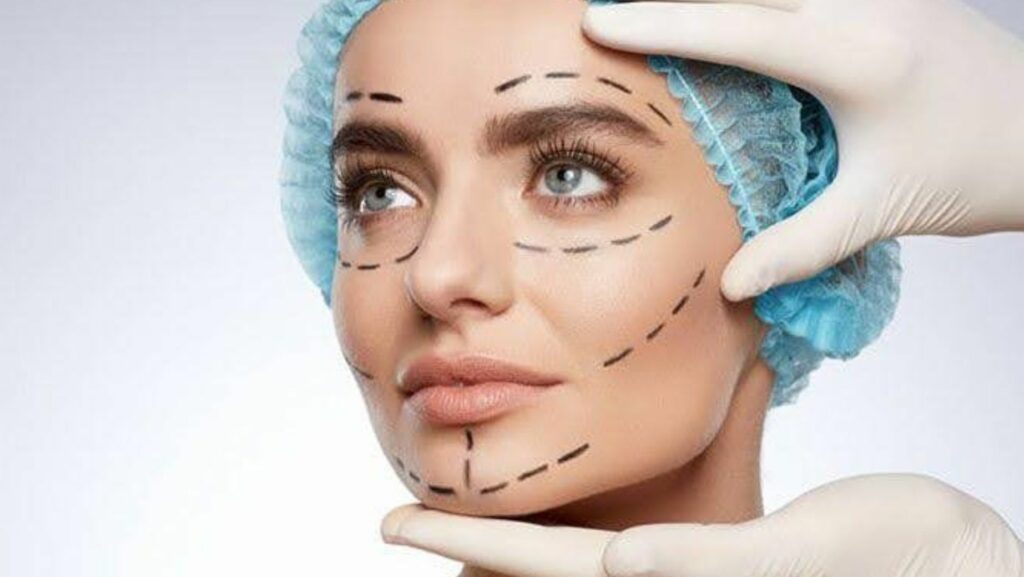Plastic surgery is the art of changing or fixing parts of the body. It splits into two main types: cosmetic, to improve looks, and reconstructive, to repair damage. Wars like World War I and II sped up advancements in facial reconstruction.
Today, it’s more popular than ever. Nearly 16 million people had procedures in 2014, dropping slightly to 15.6 million by 2020. Top picks include nose jobs, eyelid lifts, facelifts, liposuction, and breast enhancements.
Reconstructive surgeries also help with serious issues like breast reconstruction or cleft lip repairs. But there are risks—20% of implants fail within a decade. Surprisingly post-COVID-19 saw a 10% rise in cosmetic work during 2021 alone! Plus, new tools like AI simulations are making surgeries smarter while stem cell research offers hope for better results.
Key Types of Plastic Surgery
Plastic surgery covers many procedures, each with a clear purpose. Some aim to improve looks, while others focus on fixing injuries or medical issues.
Cosmetic Surgery Procedures
Nose reshaping, or rhinoplasty, ranked the most popular cosmetic surgery in 2020. Alongside it were eyelid surgeries, facelifts, breast augmentations, and liposuction. Together, these made up the top five choices for enhancing appearance that year.
Over 15.6 million cosmetic procedures took place in the U.S. during that time.
Teens also showed interest in altering their looks. In 2018 alone, more than 226,994 surgeries targeted patients aged 13–19 years old in America. From 2000 to 2015, there was a staggering increase of about 115% in these operations overall.
Clinics like Banobagi Korea Plastic Surgery Clinic now attract people seeking different enhancements worldwide due to this rising demand globally.
Reconstructive Surgery Procedures
Cosmetic surgery focuses on looks, but reconstructive surgery repairs function and form. It helps patients with injuries, defects, or illnesses. Breast reconstruction is common after mastectomies for cancer treatment.
Surgeons often use implants or tissue from the body to rebuild the breast.
Cleft lip repair transforms lives by fixing birth defects that impact speech and eating. Gender confirmation surgeries also fall under this category, offering physical alignment with identity.
Risks come with any procedure—hematoma, nerve injury, infection, scarring, or implant failure are concerns. The FDA reported in 2011 that 1 in 5 people need implant removal within ten years.
Overfilling saline implants can lower rupture rates to just 1.83% over eight years!
Emerging Trends in Plastic Surgery
Plastic surgery is changing fast, thanks to new ideas and tools.

Many people now prefer quicker, less painful options that still give great results.
Shift to Minimally Invasive Techniques
More people now want beauty fixes without big surgeries. Minimally invasive options like injectables, laser treatments, and endoscopic surgery are growing fast. In 2021, the U.S. saw a 10% jump in cosmetic procedures since COVID-19 began.
By 2023, there was a 7% bump in these less-invasive techniques.
These methods mean shorter recovery times and fewer scars. For example, Botox or fillers can smooth wrinkles without cutting into the skin. Laser treatments tighten skin or remove marks with little downtime.
Doctors use thin tools for endoscopic work to fix concerns under the surface with tiny incisions instead of large ones.
Adoption of Advanced Technological Tools
AI tools are reshaping plastic surgery. These systems help doctors plan procedures and predict risks. AI improves accuracy, reduces errors, and leads to better results for patients.
For example, surgeons now use smart programs to foresee possible complications before surgery even begins.
3D printing gives surgeons more options than ever. They can create custom implants or practice on printed models that match the patient’s anatomy. Stem cell advances also show promise for healing scars and growing new tissue after surgeries.
Continuous training is crucial as these tools develop quickly, keeping experts at the top of their game.
Technology doesn’t replace skill—it enhances it.
Evaluating the Benefits and Risks of Plastic Surgery
Plastic surgery can boost confidence and improve looks. For many, it restores natural functions or fixes injuries. It often helps people feel better about themselves, leading to higher self-esteem.

Some gain a new quality of life after reconstructive procedures. However, not everyone feels satisfied with the results.
Risks include infections, scarring, and nerve damage. Hematomas and implant failures can also occur. People with Body Dysmorphic Disorder (BDD) may struggle more after surgery, with half feeling unhappy afterward.
BDD affects 2% of Americans but jumps to 15% for cosmetic patients. Safe outcomes depend on choosing board-certified surgeons who focus on patient safety over shortcuts.
Conclusion
Plastic surgery has come a long way. Both cosmetic and reconstructive types change lives in big ways. The rise of tech makes procedures safer and quicker. However, every procedure carries risks worth careful thought.
Choose wisely, care for yourself, and value your journey to feeling good in your skin!

